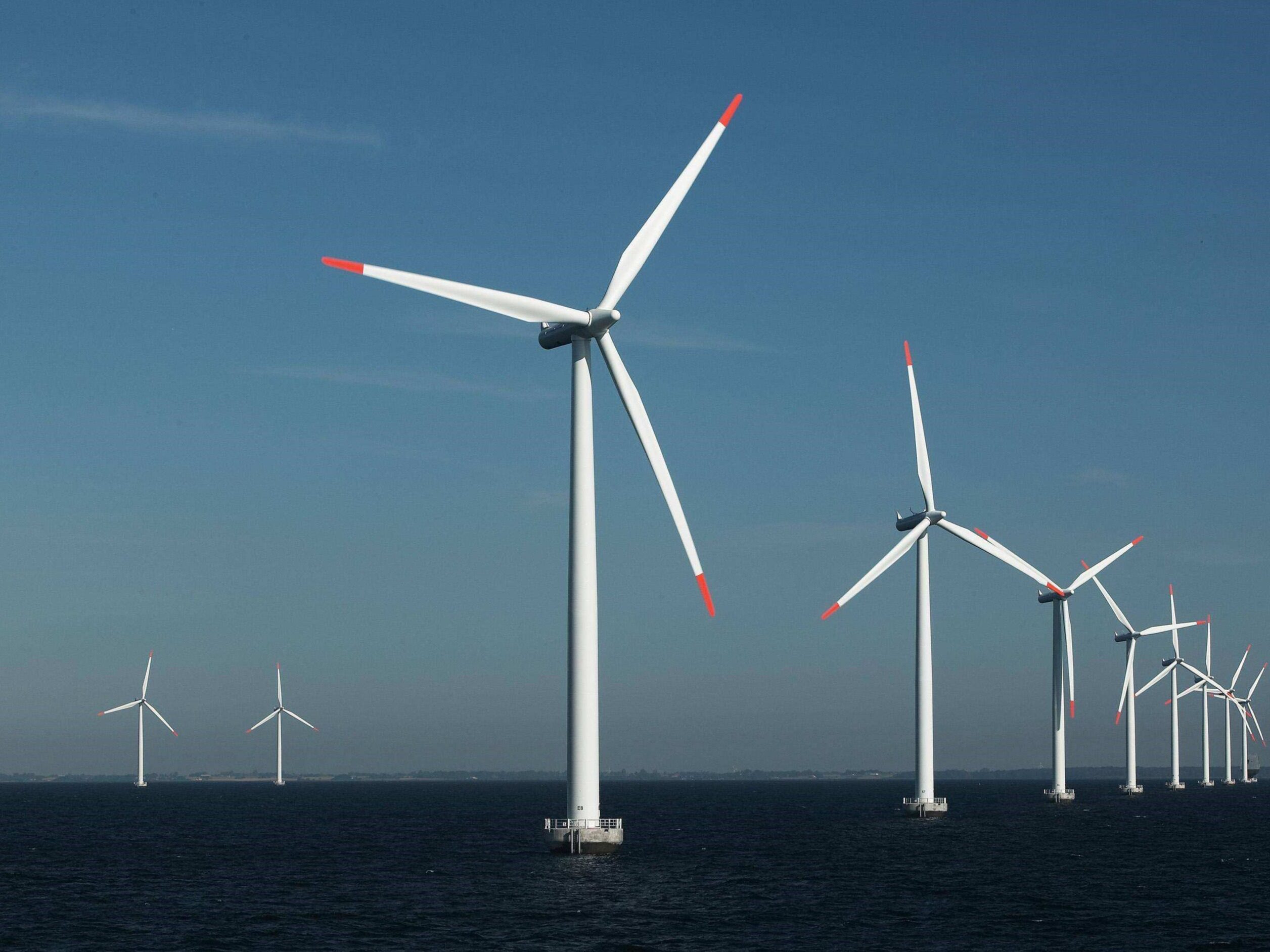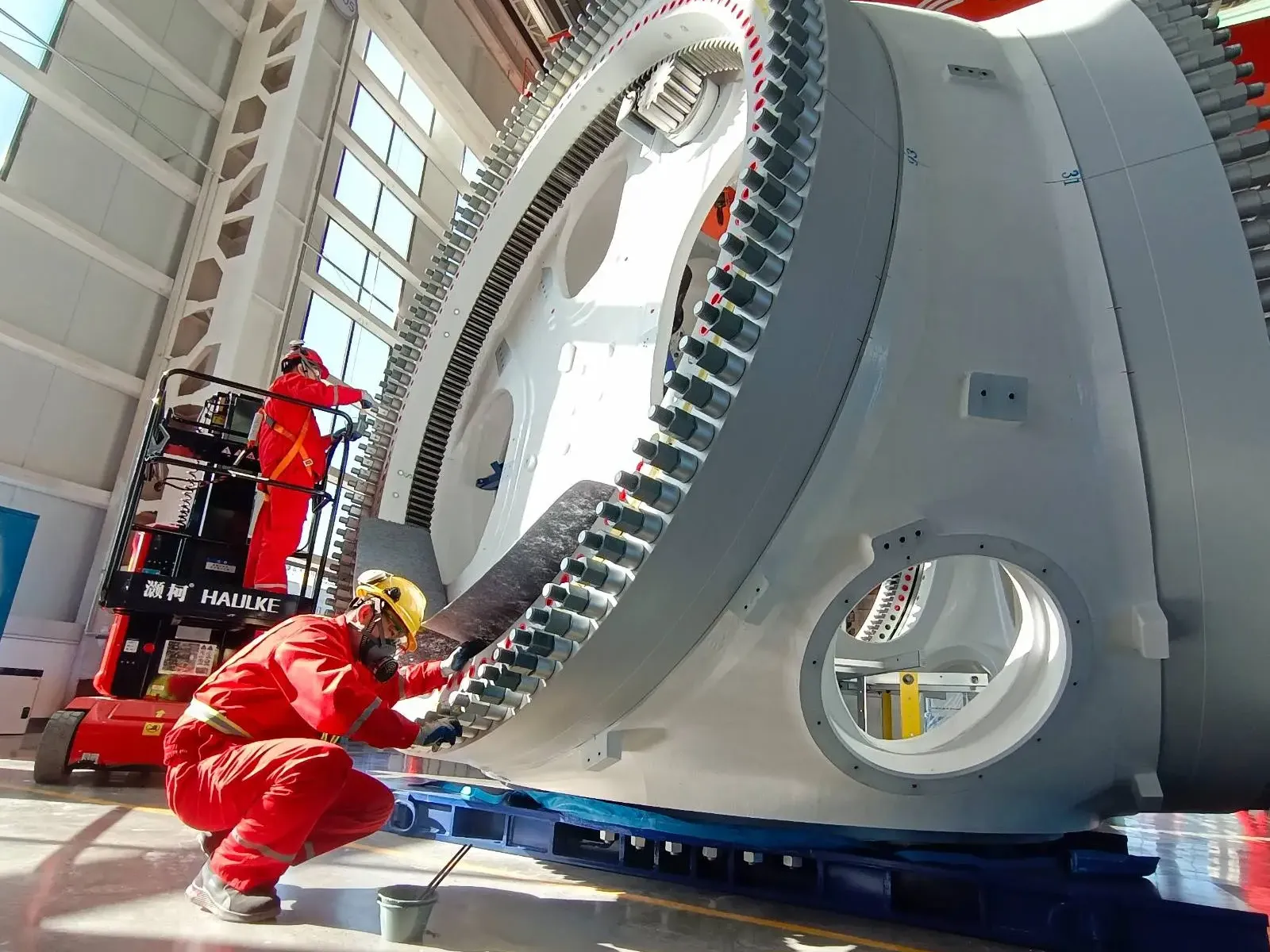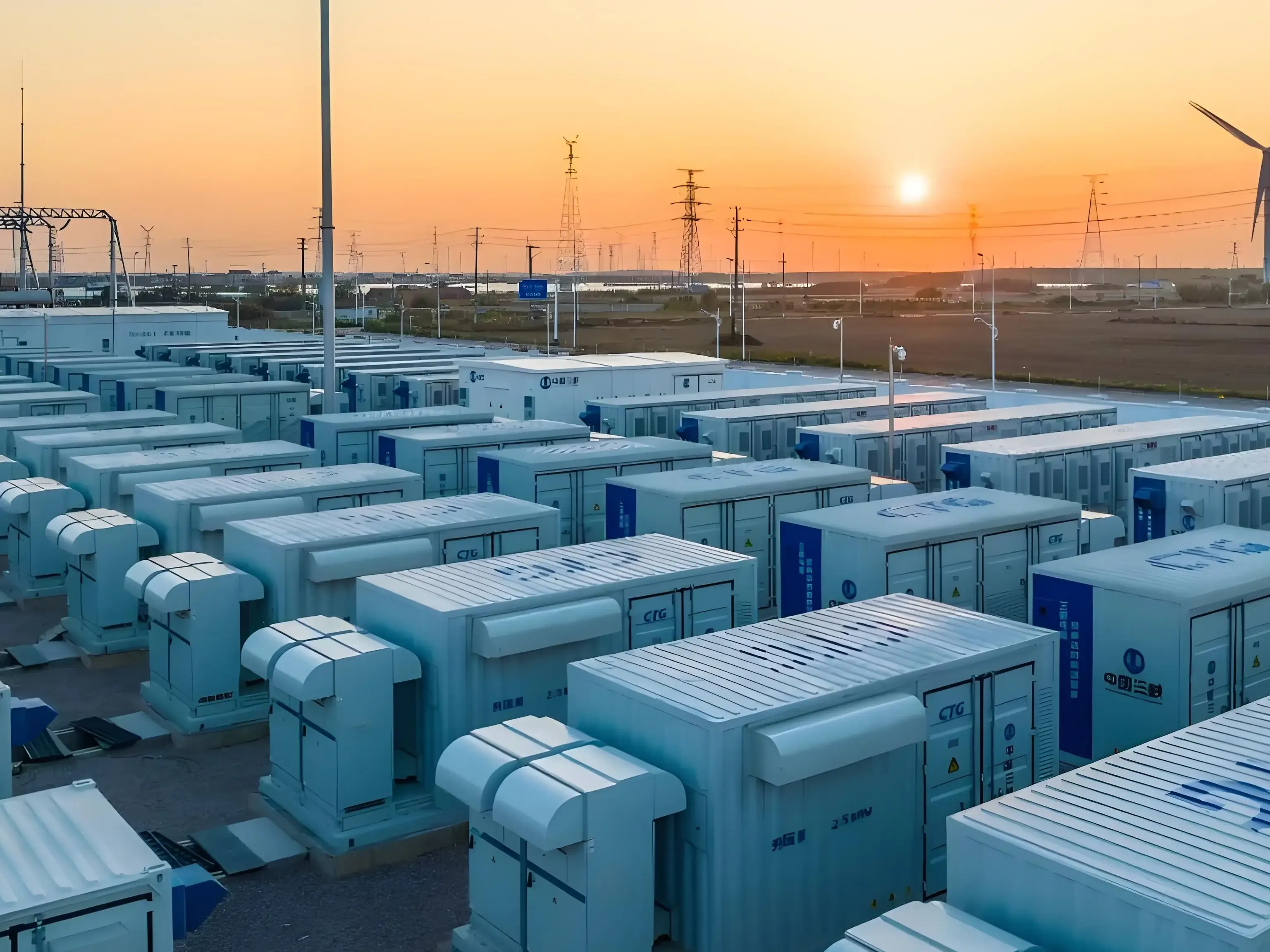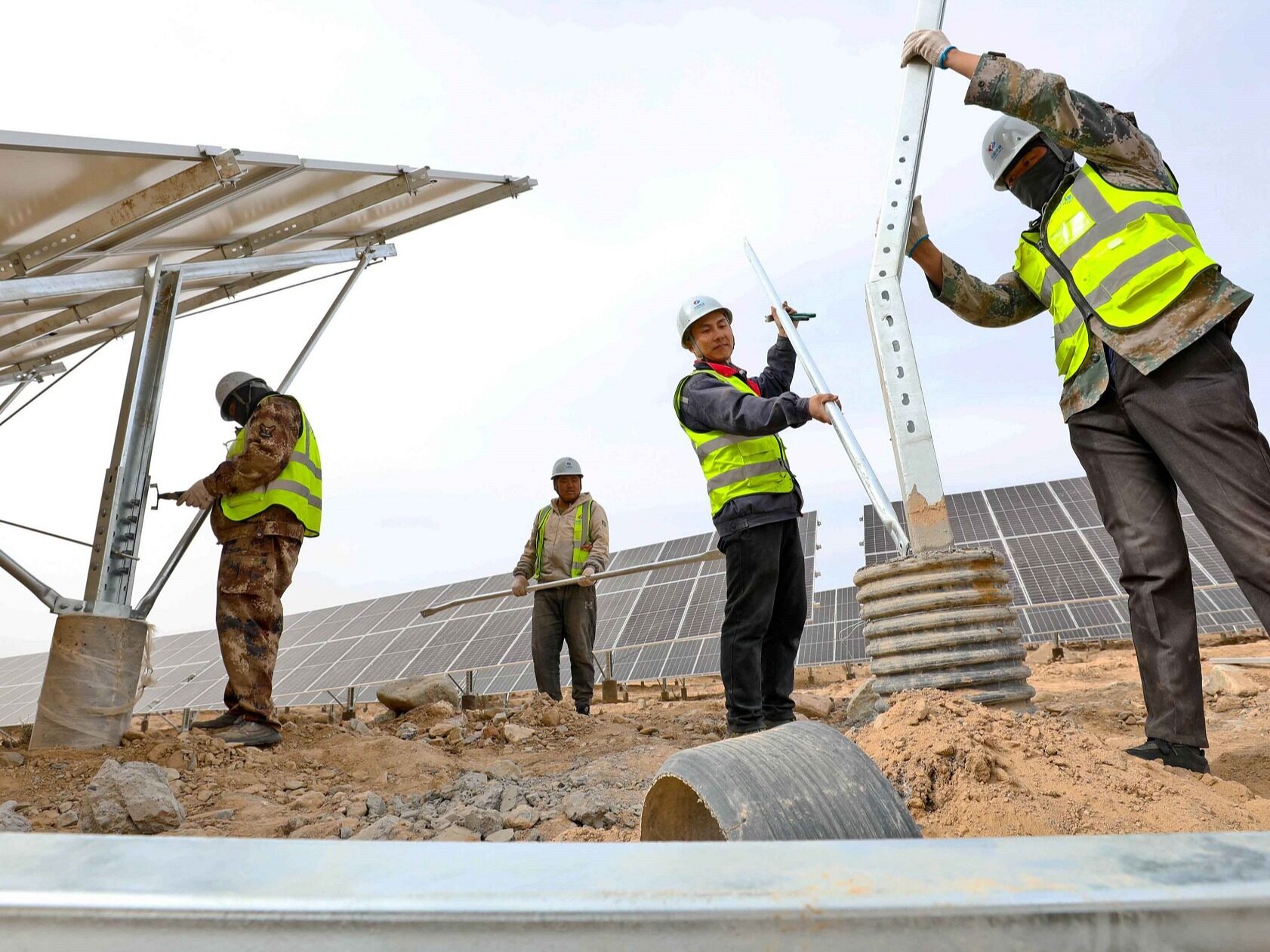- Oriental Hope Group helps Chinese enterprises go overseas to seize the international green aluminum market

On June 12, 2025, the vertically integrated industrial park project for non-ferrous metal production planned to be built by Oriental Hope Group (ERG) in Kazakhstan ushered in new progress. Kazakh Prime Minister Bektenov met with Liu Yongxing, Chairman of Oriental Hope Group, and the two sides confirmed that the project will build a "vertically integrated industrial park that covers the complete production cycle of green aluminum products, including mining, processing of aluminum-based products and deep processing of high value-added materials".

The project signed an investment framework agreement in February this year, with a planned total investment of US$12 billion. Key information released to the public after this round of talks includes:
(I) The project is planned to be divided into three phases, and the first phase will build an industrial park with an annual processing capacity of 2 million tons of alumina and 1 million tons of electrolytic aluminum.
(II) The project will adopt the "green-power direct connection" model of renewable energy to power the electrolytic aluminum link, and plans to build 3GW of wind power and other renewable energy power generation capacity.
(III) The project is expected to create more than 10,000 long-term jobs for Kazakhstan. All departments of the Kazakh government will provide necessary support for the implementation of the project, while Oriental Hope Group will conduct training for local employees and gradually increase the proportion of local employees.
For international engineering contractors, the development of overseas new energy is increasingly close to the upper limit of the carrying capacity of existing power systems in their country, "Green Electric Direct Connect" projects with overseas projects of domestic high-energy-consuming industrial enterprises as the consumption path will become increasingly popular. The wave of domestic excess capacity continuing to transfer outward continues to bring opportunities to international engineering contractors. However, in the foreseeable future, the technological iteration and upgrading of overseas projects will accelerate, and the technical value will be significantly improved. International engineering contractors need to speed up their adaptation to this trend and improve their technical strength and compliance levels to ensure that there are still "profitable" projects overseas in the future.

The investor of the above project, Oriental Hope Group, is a typical case. Oriental Hope Group is one of the earliest private enterprises to rise in the spring breeze of reform and opening up, and is still chaired by Liu Yongxing, the second brother of the Liu brothers. Today, the group has developed into a super-large multinational private enterprise group integrating heavy chemical industry and agriculture. It is also one of the world's top ten electrolytic aluminum and alumina manufacturers, and one of the leading photovoltaic manufacturers in the industry and leading technology.
Oriental Hope Group is also one of the earliest private enterprises to go overseas in China. The group's core strategy has always been around resource control and vertical integration of the industrial chain. The development history of its international business can be roughly divided into three stages: overseas resource import stage, overseas resource merger and acquisition stage and overseas heavy asset implementation stage. Especially since 2019, the implementation of heavy asset projects of Orient Hope Group in Indonesia, Kazakhstan and other countries is not simply to transfer the excess domestic traditional industry production capacity outward, but to a strategic layout made in-depth combination of international market demand and development trends.
The vertical integrated industrial park project of Kazakhstan non-ferrous metal production, which is currently being steadily promoted, is a beneficial integration of Kazakhstan's resource endowment, cheap energy advantages, domestic technology accumulation and practical experience. In terms of horizontal comparison, the technical level of the project can also rank among the top in China. In the future, the aluminum products produced by this project will significantly reduce the carbon emission intensity during the production process through "green electricity direct connection". When exported to Europe, they can directly declare them with actual carbon emission data and power purchase contracts, thereby getting rid of the influence of Kazakhstan's ultra-high carbon emission factors and significantly reducing the cost of CBAM carbon tariffs.
In contrast, China's domestic market is also accelerating the increase in the proportion of green electricity consumption in the electrolytic aluminum industry. According to data released by the National Development and Reform Commission and the National Energy Administration, the proportion of green electricity consumption in the electrolytic aluminum industry in central and eastern my country's provinces in 2024 will be about 25% to 30%.

The above-mentioned project of Oriental Hope Group will actually facilitate Kazakhstan and western China's provinces to take over the replacement of backward production capacity in central and eastern provinces. Oriental Hope Group's recent heavy asset projects overseas have been deployed not only in Kazakhstan, but its electrolytic aluminum project in Indonesia is even larger. The group has recently established Southeast Asian company PT Westerfield Alumina Indonesia, and plans to build a super-large-scale recycling industrial base of 6 million tons/year alumina and 2.4 million tons/year electrolytic aluminum in Indonesia in three phases.
This project is another major layout of Chinese companies in Southeast Asia Aluminum after Nanshan Aluminum and Jinjiang Group. The first 2 million tons of production capacity is planned to be put into production in 2028, which will directly reduce the raw material procurement costs of domestic aluminum companies by about 15%, and alleviate the supply chain risks of excessive concentration of mineral sources in Guinea. The Orient Hope Group Indonesia's super-large-scale circular industrial base project is planned to be located in Pontianak, West Kalimantan Island, Indonesia. It mainly has the following two highlights: one is the geographical advantage of "Linggang and Mining".
Relying on Indonesia's rich bauxite resources, the project comprehensively builds a complete aluminum industry chain from mining to processing, realizes the nearby mining and on-site transformation of resources, and relies on its own dock to achieve efficient transportation of finished products. The second is to adopt advanced environmental protection technologies to ensure "ultra-low emissions" and green production. It is expected that the green electricity direct connection model will also be adopted, and the resource utilization will be achieved through a closed-loop production system. The project started contractor recruitment in April 2025, covering pile foundation, civil engineering, installation and other projects, and contractors are required to have Indonesian B2 or above qualifications.
Oriental hopes may be in contact with potential international engineering contractors to coordinate the bidding of the above projects. On May 15, Oriental Hope Indonesia Chairman Lei Haijian and his party visited the overseas headquarters of China Construction Fourth Bureau and held a symposium with Chairman Lu Ju and General Manager Bai Jinsong. The two sides had in-depth exchanges on overseas market expansion and deepening communication and cooperation.(This article is from the official website of Seetao www.seetao.com. Reprinting without permission is strictly prohibited. Please indicate Seetao.com + original link when reprinting) Seetao.com Strategy Column Editor/Sun Fengjuan
Comment
 Praise
Praise
 Collect
Collect
 Comment
Comment
 Search
Search














Write something~